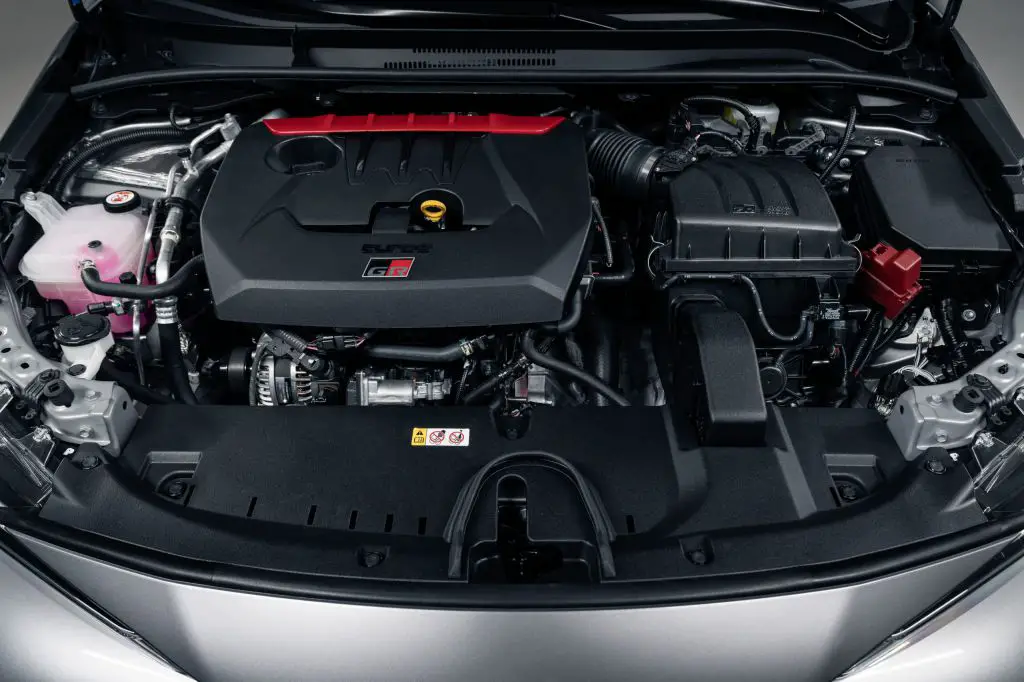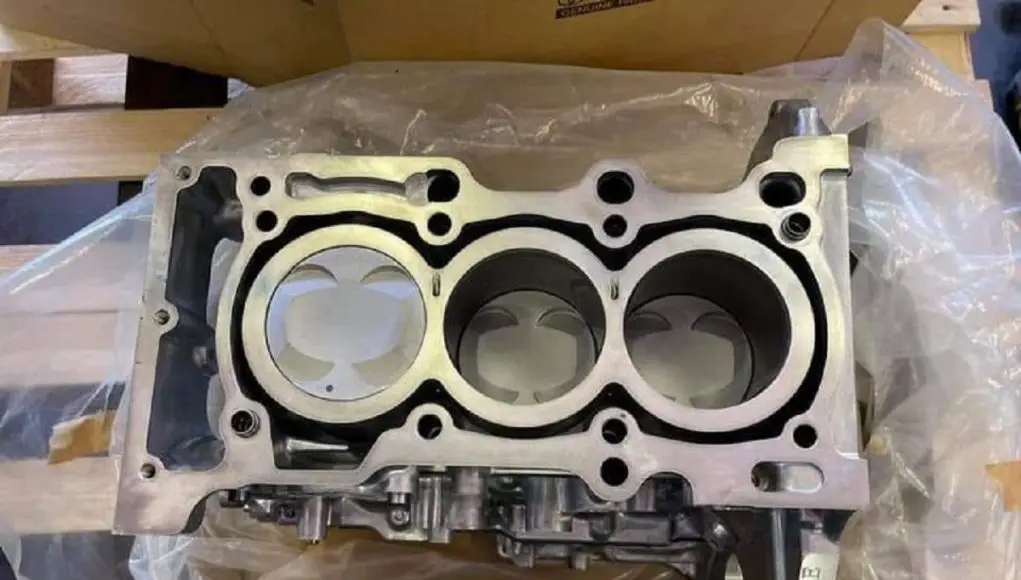You can trace Toyota’s decision back to what Toyota’s CEO said.
By now, you’ve probably heard about Toyota’s powerful new hot-hatch, the GR Corolla.
But, why did Toyota use a small 1.6L 3-cylinder engine in their GR Corolla instead of, at least, a four-cylinder engine or something with more displacement?

Here’s why.
Born from its rally racing heritage
If you read the GR Corolla’s press release, Toyota mentions how Gazoo Racing, an unofficial race team that included Akio Toyoda himself, cut its teeth in motorsport when the then new team decided to participate in the 2007 24 Hours of Nürburgring.
Racing with a pair of second hand Altezaas (aka Lexus IS300s) Gazoo Racing managed to finish 14th and 16th in their respective class.
The press release then goes on to say how, “the GR Corolla carries this spirit forward.”
What their press release fails to expound upon is what happened with Gazoo Racing in terms of its World Rally Championship participation from 2017 till today.
In 2017, championed by Toyoda himself, Toyota, under Gazoo Racing, decided to return to Rally Racing in the sport’s top league, FIA World Rally Championship.
2017 marked the first time Toyota had a factory team in FIA WRC since 1999.
Gazoo Racing decided to develop and race with a Toyota Yaris World Rally Championship car. Using an inline-four cylinder turbo engine in line with WRC regulations, Toyota managed to claim a constructor’s championship in 2018 and driver’s championship in 2019 and 2020.
Embed from Getty ImagesRegulation changes in 2021, made to bring race cars to be more in line with their production counterparts, prompted Gazoo Racing to make their WRC Yaris even more Toyota than before, and that included an in-house designed engine.
In a series where a competitive edge means the difference between first and second, Toyota saw opportunity designing this new engine as a three-cylinder instead of a four.
Toyota also had to comply with homologation rules, which dictated WRC teams must sell 25,000 street-legal versions of their race cars over a three-year span.
Thus, the GR Yaris was born.
Embed from Getty ImagesIn this homologated form, the GR Yaris three-cylinder engine, aka a G16E-GTS, made 257 HP and 266 lb-ft.
There are inherent advantages going with a three-cylinder, one of them being lighter weight.
What better way to lose mass up front than by lopping off a cylinder?
“We preferred this engine due to its light weight and compact size,” development project leader Atsunori Kumagaya said in a statement from a Motor Trend article.
Also, by going with a three-cylinder design, Toyota was able to exploit a three-cylinder’s natural lack of exhaust gas interference.
“…the lack of exhaust gas interference made it easier to obtain power,” Kumagaya further explained.
“In a three-cylinder design, the scavenging events are aligned in a way that they have minimal interference with each other and still keep enough mass flow going over the cycle to provide adequate energy to the turbocharger…”
Because Toyota was the only manufacturer using a three cylinder engine, Toyota had to petition the FIA to allow them to use this unconventional powertrain.
Ultimately, thanks to COVID messing up race team schedules and for the 2021 WRC seasons and onwards, Toyota axed its GR Yaris WRC car, opting to go with its older setup instead.
This, however, did not kill the GR Yaris homologation car which, despite the racecar not making it to the starting line, Toyota decided to make anyway.
From GR Yaris engine bay to GR Corolla engine bay.
The decision to make and sell the GR Corolla can arguably be traced back to 2017 when Akio Toyoda declared Toyota would no longer make boring cars.
Other than more exciting Camrys and Rav-4s, what better expression of that statement than a 300 HP, AWD Corolla?
Since Toyota already developed and engineered the GR Yaris hot-hatch with an engine made to comply with strict Euro emission standards, it only made sense for Toyota to get as much value out of their new three-cylinder as possible, and that means putting it in their GR Corolla, too.
Powering a marginally larger car, Toyota upped the boost.
The GR Corolla’s three-cylinder makes 300 HP and 273 lb-ft.
Sure, Toyota could’ve used the 2.0L turbocharged four-cylinder engine from its Supra, but that’s a BMW design and Toyota’s latest performance offerings are staying as Toyota as possible.
And yes, Toyota could’ve adapted one of their other smaller engines for the GR Corolla, but it would be a lot of work to make something performance oriented from engines that are engineered for efficiency and reliability first.
So that’s why the GR Corolla has a three-cylinder engine, Toyota already had a motorsport-born and rally-ready engine from it’s GR Yaris in its parts bin.




Toyota Yaris 09 engine 1 liter petrol block